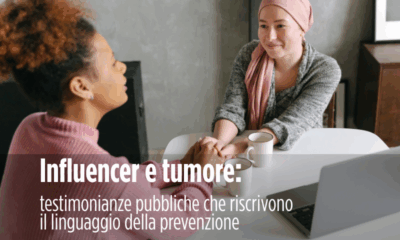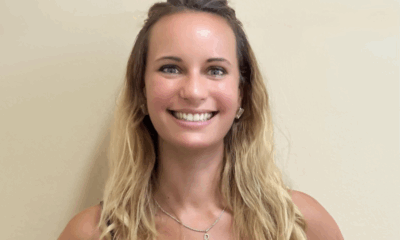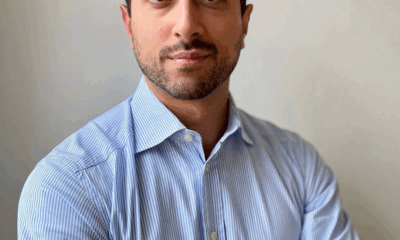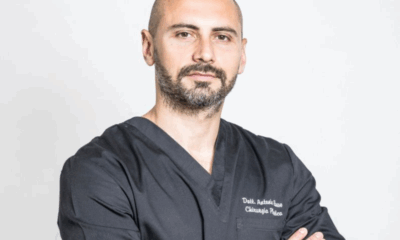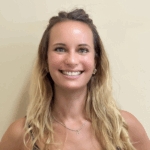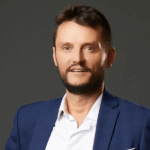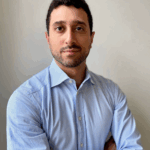Medical doctors and Surgeons
The role of Breast Units in the fight against breast cancer
In the fight against breast cancer, Breast Units are highly specialised centres designed to provide a coordinated and multidisciplinary approach for patients.
Breast Units: European standards and requirements
Breast Units operate following strict standards established at the European level. These centres must meet specific criteria set by the European Parliament as early as the 2000s, aiming to ensure quality care for all women affected by breast cancer.
«The minimum requirements concern the number of cases treated and operated annually: at least 150. Additionally, metastatic patients must also be referred to the Breast Unit—not just those with early-stage tumours but also those with advanced cancers», explains Matteo Ghilli, a breast surgeon at the Technological Center of the University Hospital of Pisa.
Core and extended multidisciplinary teams in Breast Units
Each Breast Unit must have a multidisciplinary core team that includes radiologists, breast specialists, anatomical pathologists, breast surgeons, oncologists, and radiotherapists. Complementing this core team are specialized professionals like data managers and breast care nurses.
Beyond the core team, an extended multidisciplinary team is involved, including psycho-oncologists, gynaecologists, nuclear medicine specialists, plastic surgeons, geriatricians, and geneticists. These professionals work together to provide comprehensive and personalised treatment.
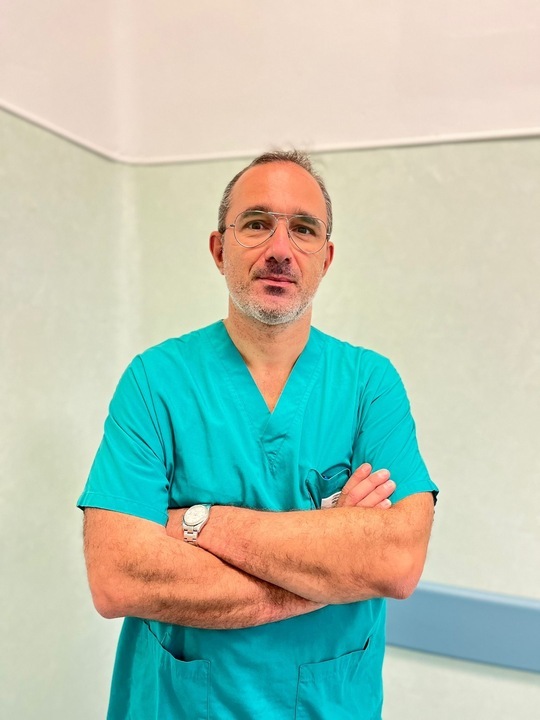
The specialists collaborate continuously to ensure the patient remains at the center of the care process. «Each Breast Unit must have a written care pathway, known as a PDTA, which outlines the interaction between the patient and various professionals», Ghilli notes.
Weekly multidisciplinary meetings are organized as part of the PDTA. “Here in Pisa, we hold two meetings each week. On Mondays, we discuss preoperative cases—patients who have not yet undergone surgery or therapies. Later in the week, on Wednesdays, we review all operated cases to define adjuvant therapy plans, including chemotherapy, hormone therapy, biological therapies, immunotherapies, and radiotherapy,” the doctor explains.
EUSOMA certification criteria
Breast Units aiming for EUSOMA (European Society of Breast Cancer Specialists) certification of excellence must meet stringent criteria covering the entire care pathway. For example, patients must arrive at surgery with a clear, precise, and comprehensive diagnosis.
«This includes not just histology—whether it is carcinoma or not, whether it is ‘no special type’ or lobular—but also the tumor’s biological type. There is substantial evidence that some early-stage, small tumors, sometimes without axillary involvement, may benefit from initial medical treatment if they have aggressive biology», says Ghilli.
Another requirement involves avoiding excessive surgery for in situ carcinoma and performing axillary dissections only when indicated. Additional considerations include maintaining appropriate rates of conservative surgery and ensuring adequate breast reconstruction rates following mastectomies.
«In the latest guideline updates, ‘Delta T’ metrics were introduced, which monitor time intervals—for instance, from surgery to the start of radiotherapy, surgery to the start of chemotherapy, or from the first mammogram to surgery. These ensure not only proper treatment but also appropriate timing for patients», Ghilli adds.
Certification is a voluntary process and involves an evaluation of EUSOMA standards by external commissioners, typically from other parts of Europe. “Here in Pisa, we obtained certification in 2020 and have consistently renewed it,” he states.
Patient-Centered care in Breast Units
Patient-centered care is a fundamental principle of Breast Units. Dr. Ghilli emphasizes the importance of a structured and personalized care pathway, constantly updated according to the latest scientific evidence and international and national guidelines.
«This ensures that the patient remains at the heart of our processes, but it’s something we need to remind ourselves of daily – he explains -. It’s also a matter of communication, making sure the patient feels surrounded by care. This is why having a psycho-oncologist in Breast Units is essential».

Volunteer organisations also play a crucial role in Breast Units. These groups, often composed of patients, former patients, family members, or friends, contribute significantly to the center’s activities and enhance patients’ quality of life. «Consider areas like oncological aesthetics, physical activity, or experiences such as dragon boating, walking programs, or even legal support to inform patients of their rights, for instance, regarding pensions, social secur


